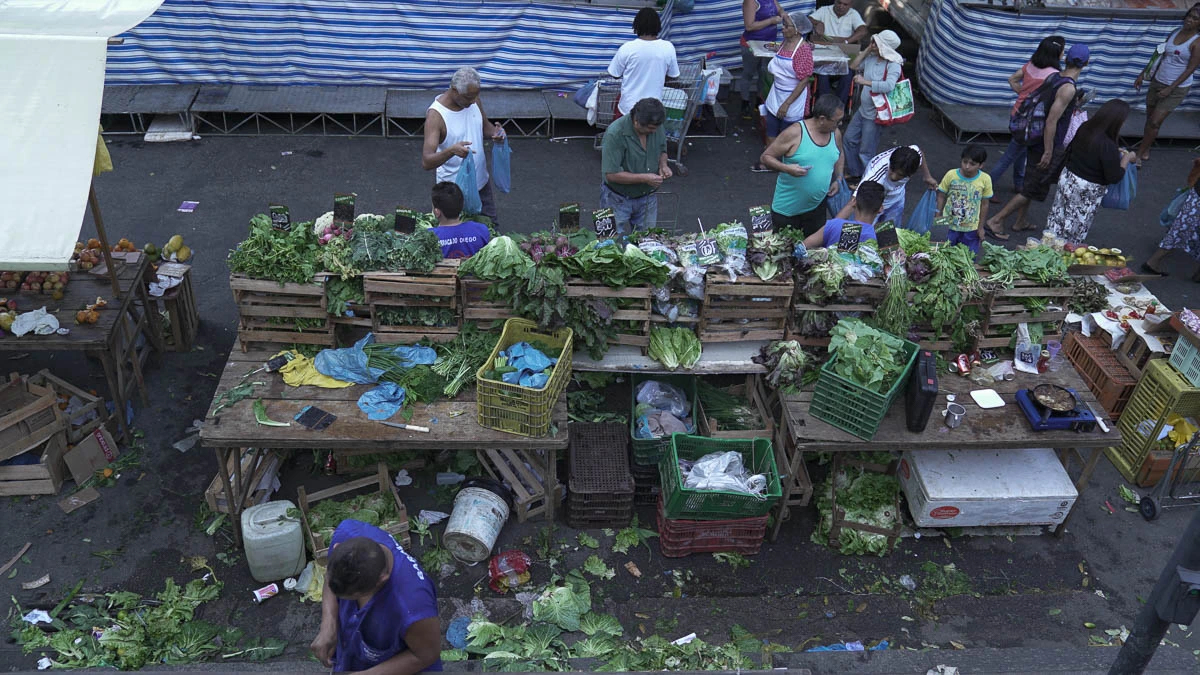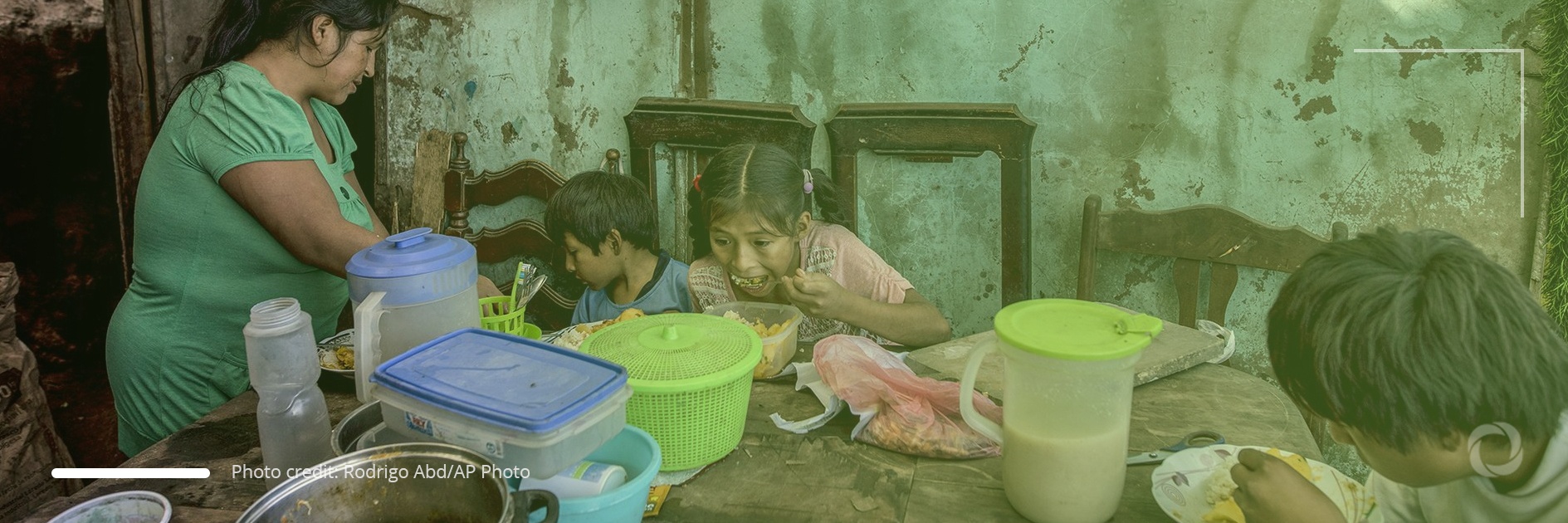Although Latin America and the Caribbean (LAC) account for about a quarter of global food exports, over 59 million of the region’s inhabitants were affected by hunger in 2020. The number soared by 13.8 million people in just one year in the context of the COVID-19 pandemic, a recent UN report shows. Moreover, four out of every 10 people in LAC – 267 million – experienced moderate or severe food insecurity in 2020, 60 million more than in 2019, the highest rise compared to other world regions.
LAC is one of the most environmentally diverse continents in the world, enjoying perfect conditions for agriculture. It has many different climate zones, enabling it to produce a variety of food products that is clearly evident by visiting any large food market in the region where there are plenty of all possible vegetables, fruits, including tropical varieties, coffee, chocolate, fish, seafood, meat, and grains.
However, those nutritious products are not accessible for many LAC inhabitants with millions suffering from hunger or malnutrition. The surge in the number of people affected stems partially from the ongoing global pandemic but it still remains a paradox bearing in mind that food production generates 4.7% of LAC’s GDP and it employs at least 14% of the entire region’s population. So, what causes Latin Americans to go hungry?
Food waste

First and foremost, experts point out that the main cause of hunger in LAC is food waste.
Poor supply chains and infrastructure that disrupt effective distribution seem to be the trigger for this. Very often supermarkets throw produce away simply because it is not perfect and although this could still be sold to poorer people at a discount, unfortunately, it never reaches them. Sometimes harvest is lost owing to the lack of effective pest control or inefficient farming practices that are not based on knowledge of fertility or weather patterns.
Poverty
Although Latin America and the Caribbean have been struggling with poverty for years, the COVID-19 pandemic has only served to worsen the situation. According to estimates from the Economic Commission for Latin America and the Caribbean (ECLAC), in 2020 some 33.7% of the LAC population (209 million) lived in poverty while 12.5% (78 million) lived in extreme poverty. The total GDP in the region fell by 7.7% last year. LAC also has the highest rate of inflation in the world due to which food prices have skyrocketed, making foodstuffs unaffordable for many people. Poverty does not only mean that people go hungry but also that they are food insecure which means they eat unhealthy, cheap, and highly processed meals leading to about two-thirds of Latin American adults suffering from obesity.
Solution: innovations
As this issue has continued to gain traction, a number of start-ups have begun to develop innovative technologies to address hunger and make food distribution and production more efficient. Brazilian Sensix uses drones and machine learning technology to identify the most fertile lands while another start-up, ClearLeaf from Costa Rica, has developed a non-toxic, natural fungicide that enhances plant growth. Entrepreneurs from the Brazilian SensaloTech have established a platform to monitor crops and collect data thus helping to promptly identify and detect pests in time to curb the problem and avoid harvests going to waste. The Argentinian start-up, Nilus, recovers food that is safe to eat but which suppliers would rather throw away as it is not perfect then delivers this to people on a low-income at cheaper prices. Another start-up from Argentina, Savetic, has developed software that traces products, analyzes data and predicts consumer behavior in order to lessen food waste in supermarkets.

